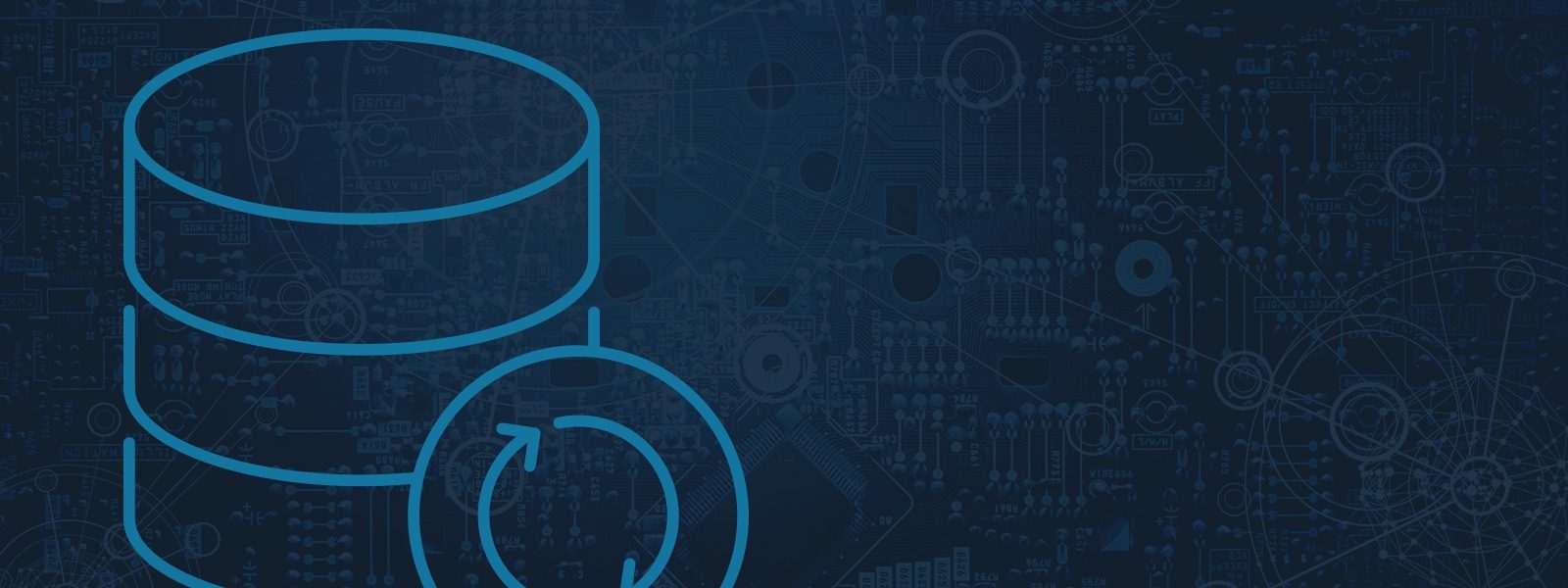Implementing Global IT Systems: Avoid Self-Gathering Data
With over 30 years of experience working in research and development (R&D) for a variety of companies and industries, I’ve seen my fair share of information technology (IT) systems implemented to support various global processes such as product lifecycle management (PLM), phase-gate, portfolio management, legal and finance.
Having observed these projects from all angles, I began to notice a pattern behind some of the most common mistakes being made during the implementation of large global IT systems in support of R&D or other business processes.
This series provides leading practices for avoiding the top ten most common mistakes.
Mistake #9: Self- Gathering Data
Don’t ask the user community to migrate data to a new system
Data migration is a huge issue, especially if the new IT system is replacing different legacy systems and/or is the first automated system at some locations. One project I saw basically held users responsible for migrating old data to the system. While inexpensive
in the short term, this approach is a big mistake for a number of reasons.
- Consistency – Users may refer to the same material by different names and enter them as such. Having the same materials entered under different names compromises the results of future searches and other system functions.
- Accuracy – Asking users to enter data will result in errors that compromise other functions of the system.
- Completeness – Suppose you are migrating product formula information to a new PLM system. The system will want the overall formula, as well
as sub-formulas for any ingredients comprising several chemicals themselves, plus the manufacturers and costs for all ingredients. This can take hours and busy users won’t make the time or effort to do it well.
-
Compromised Functionality - A very important functionality of any good PLM or formula management system is the “where used” function. This function lets you enter a specific ingredient and returns a list of all the products where that ingredient is used. When there is news that some chemical has been found to be contaminated at such-and- such location in such-and-such country, the CEO immediately calls someone and asks: “Are we using anything from that location in our products?” A complete, accurate and consistent set of data, along with a robust “where used” function, makes answering that call a lot more fun. Trust me, I know. I used to receive those calls! This type of complex, interconnected data should not be migrated by end users.
One challenge to any data migration effort is the different forms the data may take. One campus may keep data in the legacy online system (good news), another in spreadsheets (bad news) or even on paper (really bad news). Accurately budgeting the resources required to migrate data is impossible until the various forms of data are understood. So it’s important to do some of this work before locking down the overall project budget.
Luck was on the side of one project I saw that needed to migrate a few thousand product designs, ingredients, and sub- formulas along with manufacturers’ information to a new PLM system across seven or eight campuses around the world. Data existed in all the forms shown above, often incomplete and sometimes with errors. The magnitude of the challenge wasn’t realized until the project was underway.
Fortunately, a scientist familiar with much of this information decided to leave the company, with no employment plans in the near future. At her going away party the project manager (now losing sleep over the data migration mess) asked her, “How would you like to consult for us? Doing nothing but data migration, from your home, with equipment we’ll provide?”
She agreed and the PM slept well for the first time in days. Some formulas took days to track down and enter, but having a single knowledgeable person doing this was great. Consistency, accuracy and future functionality were all guaranteed!
While not all projects are as lucky as this one was, I have come to believe that data migration is best accomplished by a very small, focused team that is dedicated only to addressing the data gathering issues. Don’t forget to spend some time understanding the magnitude of the challenge before setting the budget!
Stay tuned to discover leading practices for avoiding these ten common mistakes. Being mindful of the challenges and solutions discussed in this series will greatly increase the chances of your next project becoming a sustainable success.
Mistake #10: DIY Projects
Download the eBook:
Top Ten Mistakes Made Implementing IT Systems and How to Avoid Them

